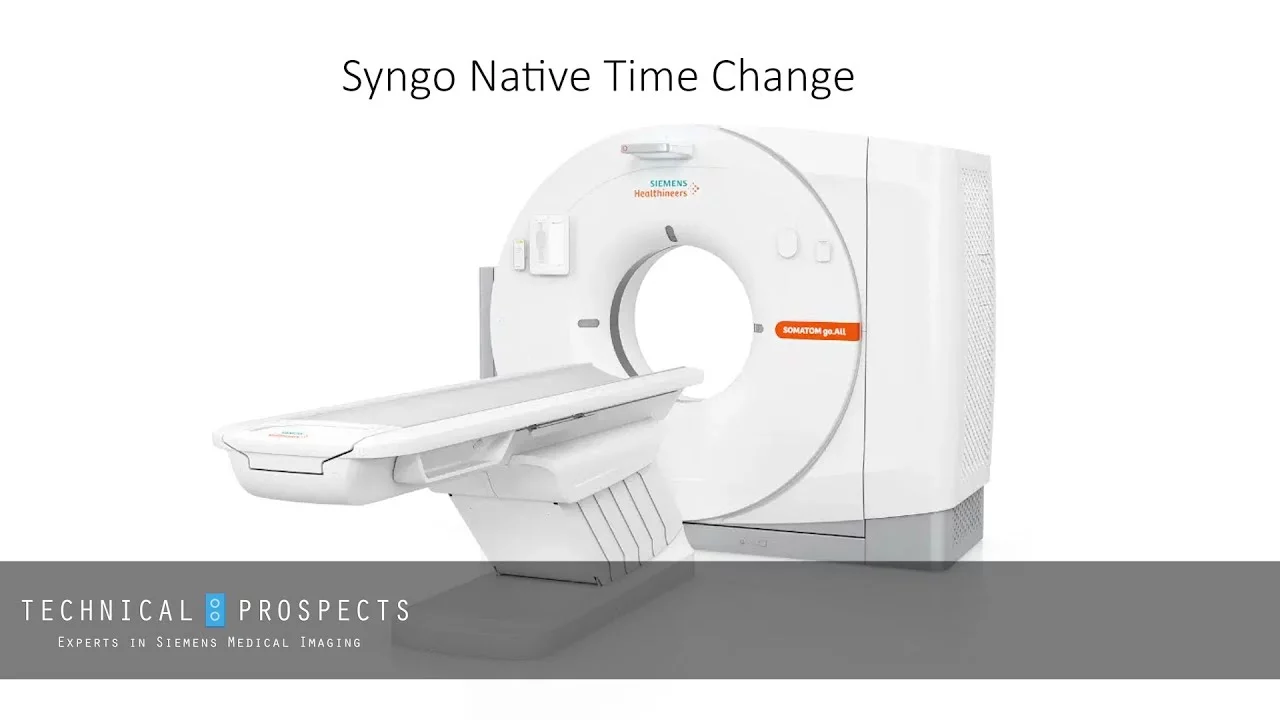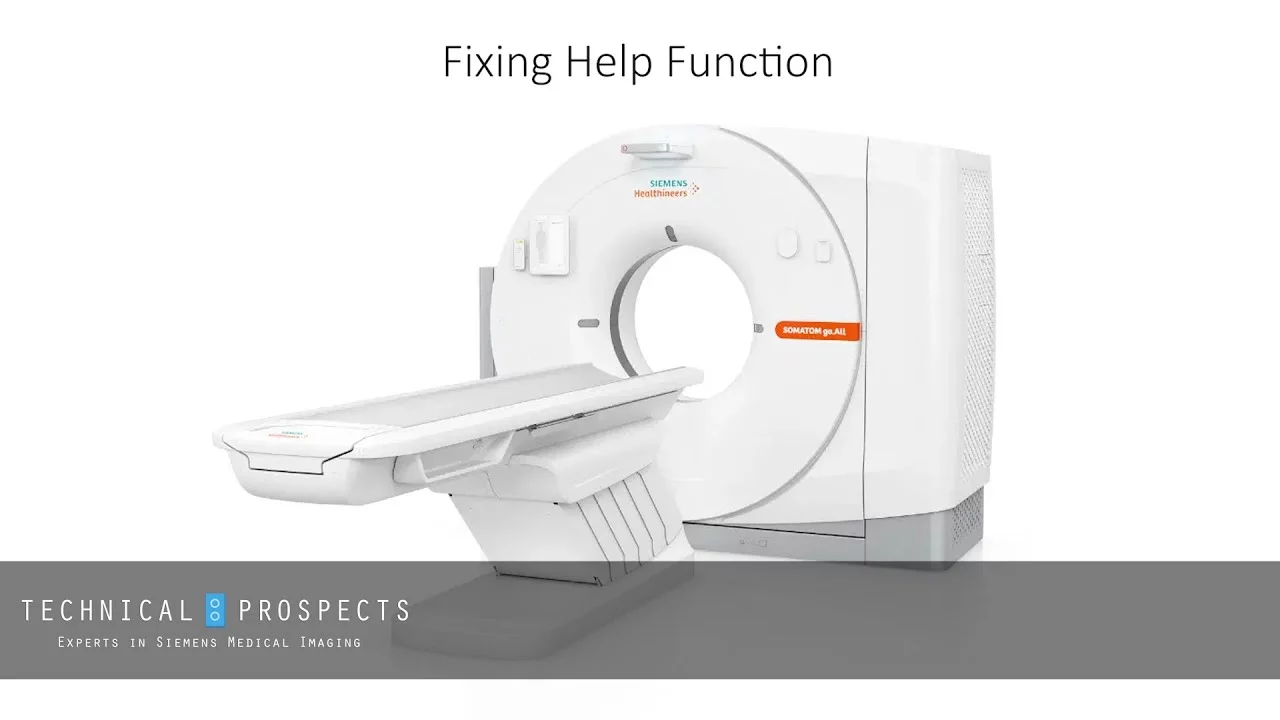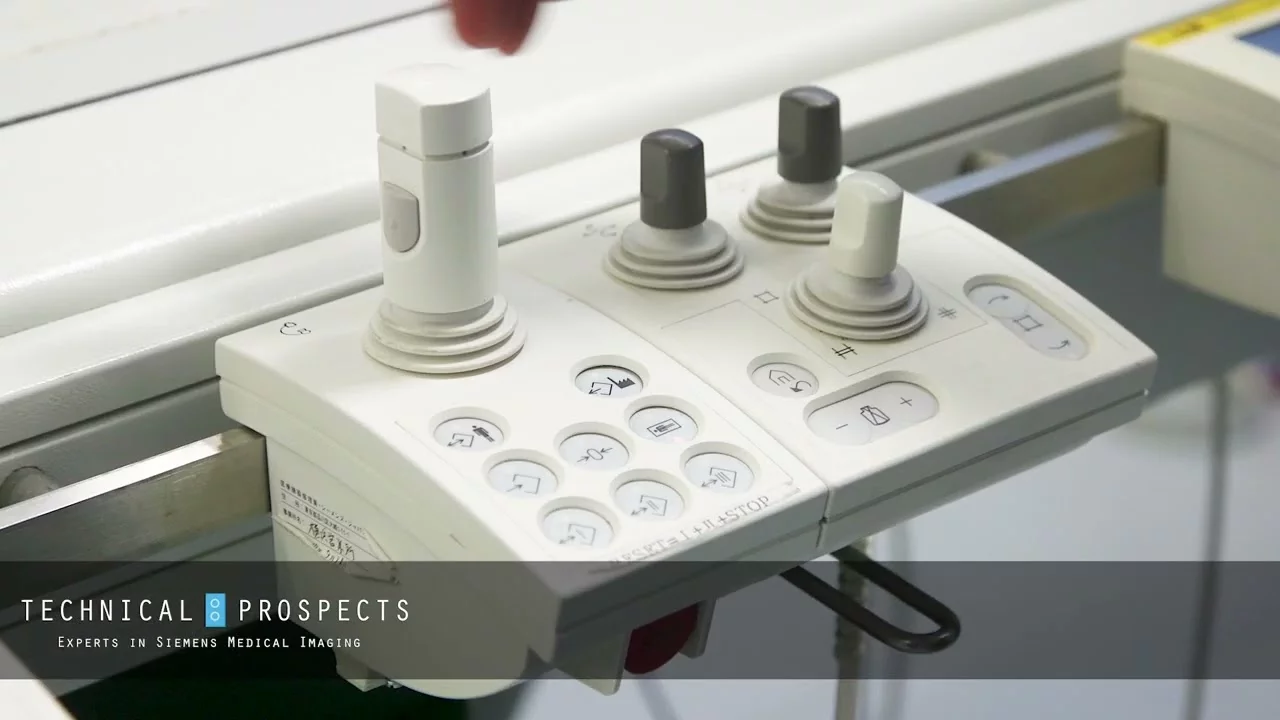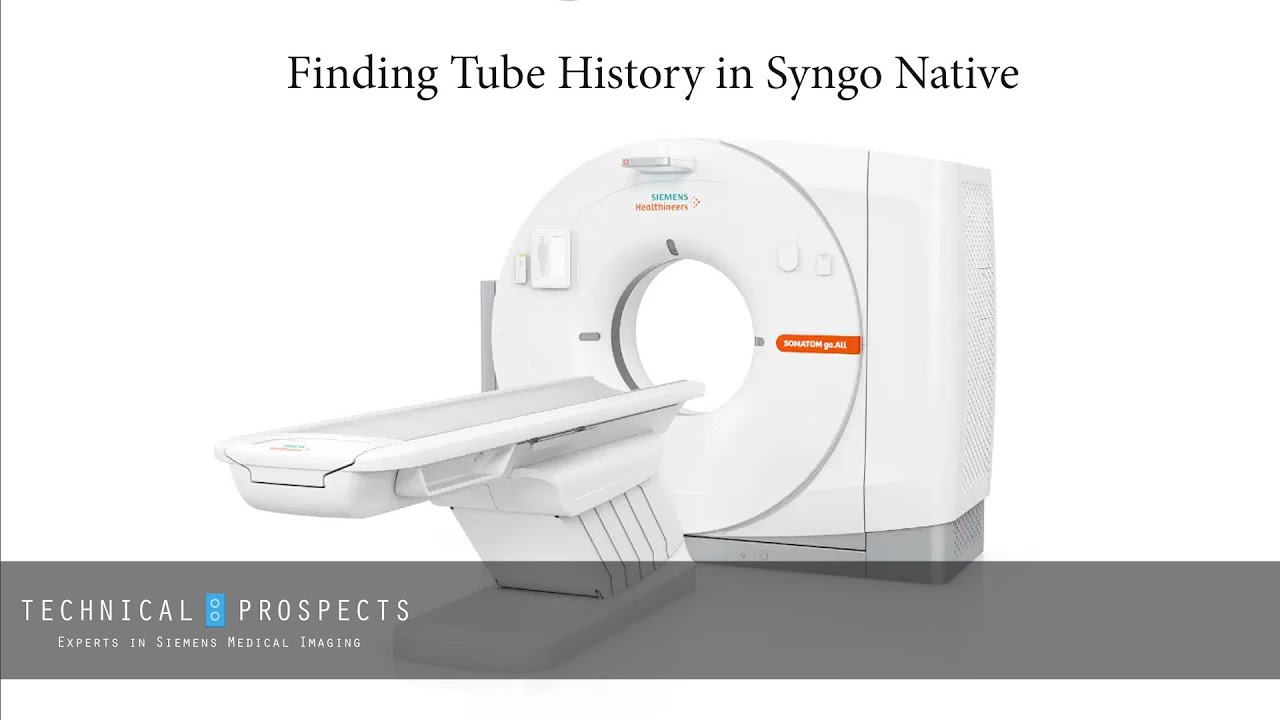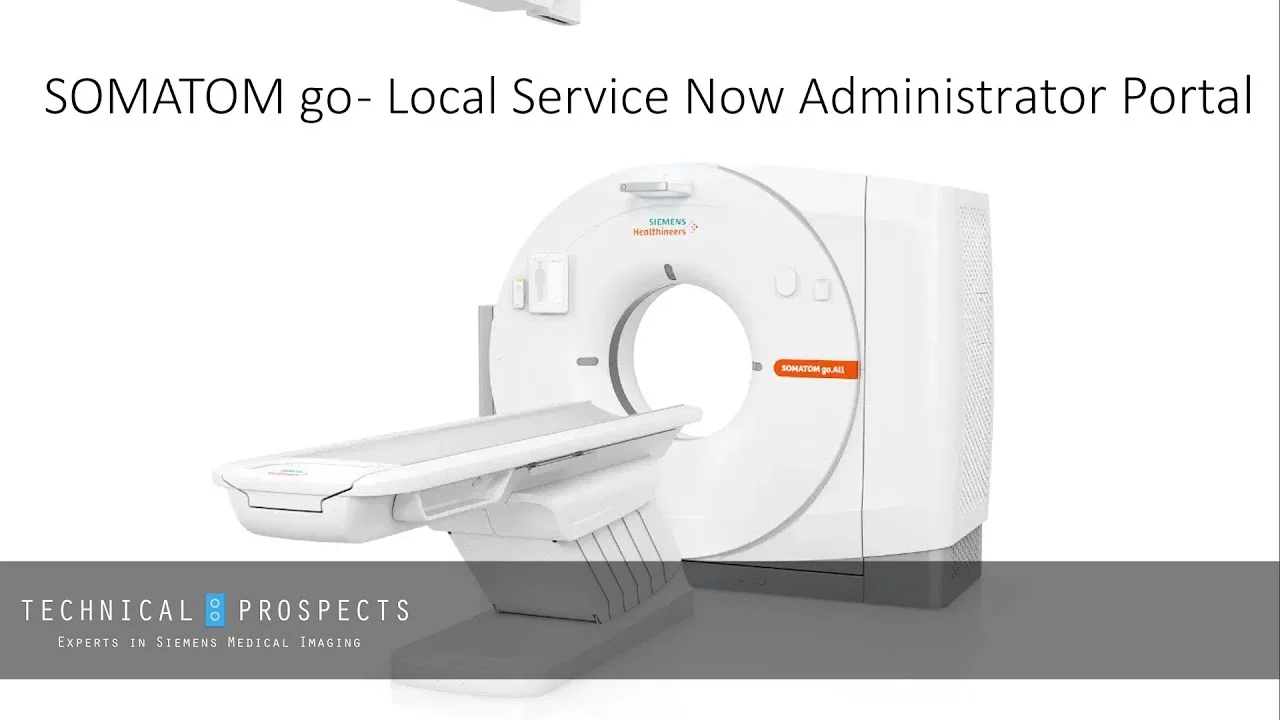CT scanners are extremely valuable diagnostic tools that provide more detailed images in a way that X-ray machines cannot. With a CT scan, doctors can view a 3D rendition of a specific section of the body under examination to diagnose more complex conditions, such as bone fractures, tumors, and signs of heart diseases and cancers.
Images created by these scanners are known for being accurate representations of the body parts being scanned. This doesn’t mean, however, that CT scanners are flawless! Like any other machine, they are capable of producing flawed results—such as streaky images, in this case.
Understanding how to correct these anomalies requires sufficient knowledge of CT parts. Here’s everything you need to know about streak artifacts and how to correct them on your CT scanners:
Streak Artifacts
Images produced by CT scans may sometimes come out with anomalies called streak artifacts. These dark streaks can sometimes appear in the CT image where metal, bone, barium, and other high-attenuation materials are found.
This occurs due to beam hardening, which is when X-rays lose their energy or “harden” more quickly when passing through metal or bone as compared to organs and other tissues. The longer bone and metal stand in the way of X-ray beams, the more it slows down and needs to expend more energy to break through. The result is an image with streak artifacts around the bone and metal areas.
Streak artifacts can also occur due to a Compton Scatter, which results in X-ray particles (photons) changing in energy and thus changing direction. This could cause several issues in the image produced since the photons may end up in a different detector! For instance, metal implants may block photons from where they need to be, causing the detector to see only the scattered photons, resulting in an inaccurate image with streak artifacts.
How to Reduce Streak Artifacts
There are software solutions that can reduce streak artifacts from CT scan images. Metal artifact reduction software can work to ensure that your image is as clear as it can get, given the limitations of your scanner. This can also be done with newer reconstruction techniques.
Another way to reduce streak artifacts is to have the radiologist operating the CT machine scan the images at a higher kV to produce a harder X-ray beam and fewer artifacts that may harden the beam. However, keep in mind that this will produce a trade-off since a higher kV will reduce the scan’s tissue contract.
Other Techniques to Reduce Streak Artifacts
After ensuring that your reconstruction techniques and reduction software are up to date, as well as making adjustments with your radiologist to scan with the highest kV possible, check if your CT scanner is still producing streak artifacts.
If it still is, then it’s like an issue with your parts—whether they’re GE CT parts or from other manufacturers. A service engineer will be able to diagnose any problems with the machinery that’s causing the artifacts.
Conclusion
Knowing the possible causes of streak artifacts in your CT scans will allow you to approach it step by step to eliminate all causes of issues. Whether it can be solved with reduction software, kV adjustments, or fixing CT parts in your machine, resolving it immediately is key to getting back to giving proper diagnoses.
Here at DirectMed Parts and Service, you can rely on a trusted source for medical imaging parts and services. Whether you’re in need of Siemens CT parts or MRI coils, contact us today to service you with accurate and quality parts depending on your needs!

